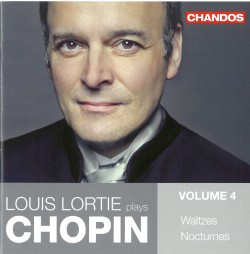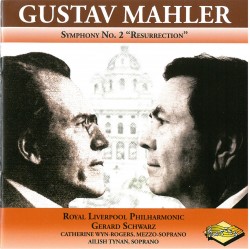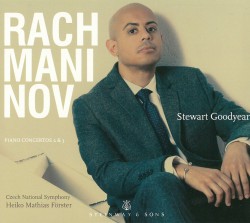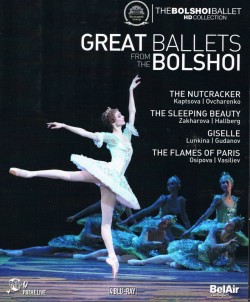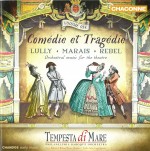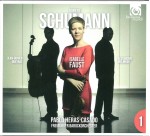Berlioz – Intrata to Rob-Roy; Reverie et Caprice; Harold en Italie
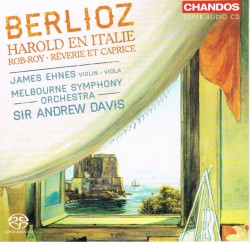 Berlioz – Intrata to Rob-Roy; Reverie et Caprice; Harold en Italie
Berlioz – Intrata to Rob-Roy; Reverie et Caprice; Harold en Italie
James Ehnes; Melbourne Symphony Orchestra; Sir Andrew Davis
Chandos CHSA 5155
The Intrata to Rob-Roy was written as an introduction to Rob-Roy but was so badly received in the first and only performance in 1833 that Berlioz burned the score after the concert. Fortunately there was another copy, but Berlioz had also used two of the melodies in a new work, Harold in Italy, the following year. The two themes are easily recognized and it is rather pleasant to hear them in their earlier setting, particularly as they are given to the winds whose playing is quite angelic.The Reverie and Caprice (1841) is Berlioz’ only work for solo violin and owed its existence to the initial failure of Benvenuto Cellini. It was a soprano aria that was replaced before the first performance. Clever Berlioz made a transcription of it for violin and orchestra which, in longer concerts, he would give to his concertmaster.
A lifetime addiction to Harold in Italy gives me some license to be critical of any performance and it gave me great pleasure to realize from the opening pages that this orchestra has the texture for Harold. In the first movement, as the melancholy Harold, inspired by Byron’s Childe Harold (the viola), wanders in the mountains, Sir Andrew Davis is not simply beating time but moving the episodes along. The Pilgrims’ March has a comfortable swagger with the viola weaving comfortably through the procession. The Serenade is an appropriately jaunty scene of an Abruzzo and his amore. The last movement, Orgy of the Brigands, should describe just that, with fond memories of the previous episodes. These are not an unruly bunch but take their brigandizing seriously in an orderly, professional manner.
The viola (Harold) is not intended to be part of any event but is merely a wanderer, which is possibly why Paganini, who commissioned the work, found it not to his taste (at the time). James Ehnes’ take on this role is ideal, imparting quiet enjoyment at the events around him. Quite perfect. British conductors have an established tradition as great Berlioz interpreters and Davis may soon join them.
The sound is extraordinarily fine, impressive as a CD but if you have the multi-channel equipment, the SACD layer is encoded with five-channel surround sound.


